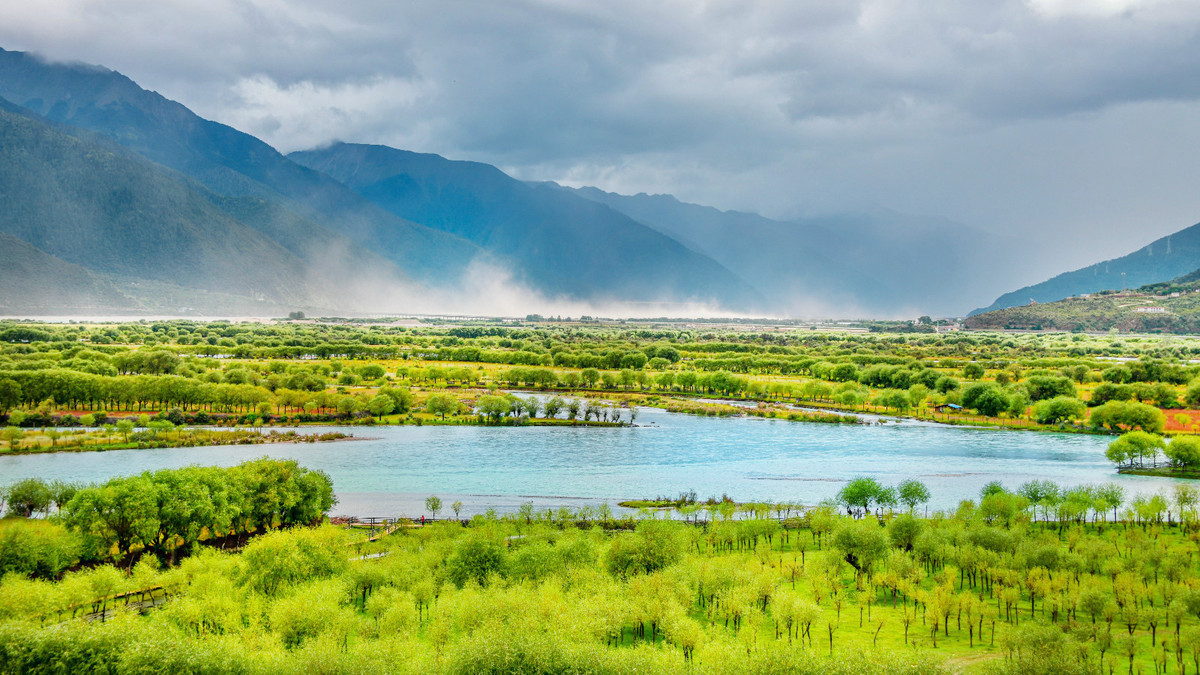Air and water quality improve since Jan 20


Environmental monitoring results showed that the country's air and water quality have both improved generally since Jan 20 and large-scale disinfection work to fight the novel coronavirus has not affected drinking water sources, a senior environmental official said on Wednesday.
Since the country strengthened the fight against the novel coronavirus outbreak, the Ministry of Ecology and Environment has adjusted its environmental monitoring focus to ensure the safety of air and water, said Zhao Qunying, director of the ministry's emergency management office at a briefing in Beijing.
According to a guideline on emergency monitoring of ecological environment issued by the ministry on Jan 30, the environmental quality of drinking water sources was included as a focus of monitoring, and epidemic-related indexes, including residual chlorine and biotoxicity, were added to the existing monitoring indexes, he said.
The monitoring mode of the automatic monitoring network should be optimized as required in the guideline to reduce the impact of epidemic prevention and control on the automatic sites and better play an early warning role in monitoring network, he said.
Data from Jan 20 to Saturday show that the average proportion of days with good air quality in 337 cities was 84.5 percent, up 11.4 percentage points from the same period last year, Zhao said.
The average PM2.5 concentration was 45 micrograms per cubic meter, down 19.6 percent year-on-year, he added.
Water quality on the first three levels, meaning drinkable standard and above, accounted for 86.1 percent, an increase of 8.5 percentage points over the same period that year, data from 1,817 national automated monitoring stations show.
According to Zhao, water with quality of the fourth and fifth levels occupied 11.7 percent and water of the worst quality occupied 2.2 percent, lower 5.1 and 3.4 percentage points, respectively, compared to the same period last year.
A total of 14,915 inspections have been carried out on drinking water sources, and no cases of water quality safety being affected by epidemic prevention and control have been found, Zhao said.
The inspection on residual chlorine was carried out 1,901 times, and it was detected 54 times due to disinfection work, accounting for 2.8 percent of the total, he said.
However, the monitored concentrations were all lower than the effluent quality standard of the tap water plant, so the water quality of the tap water plant wasn't affected, he added.
- 14 injured in off-road racing accident in East China
- China to beef up personal data protection in internet applications
- Film-like lining in school uniforms prompts investigation in Inner Mongolia
- High-temperature geothermal resource discovered in Shandong
- Earthquake strikes Guizhou county early morning
- A continued commitment to the people



































